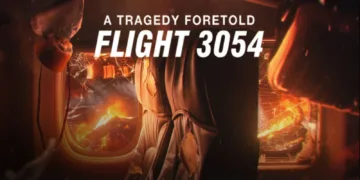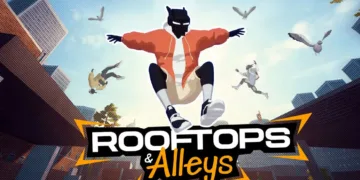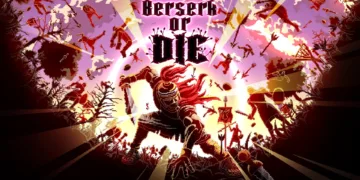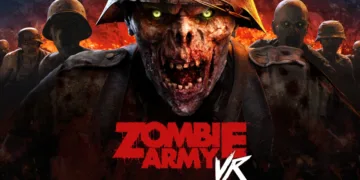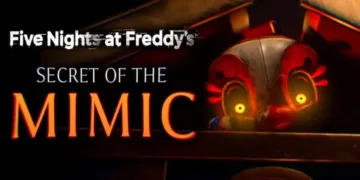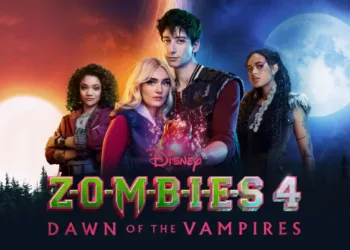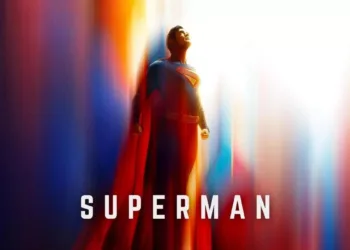The stabbing deaths of four University of Idaho students on November 13, 2022, represent one of those seismic moments when the perceived safety of American college towns crumbles. Madison Mogen (21), Kaylee Goncalves (21), Xana Kernodle (20), and Ethan Chapin (20) became household names not for their achievements or dreams, but for their brutal deaths in an off-campus house at 1122 King Road in Moscow, Idaho.
Prime Video’s four-part documentary series “One Night in Idaho: The College Murders” arrives at a particularly poignant moment—just weeks after Bryan Kohberger’s guilty plea in July 2024, mere days before his trial was scheduled to begin. Directors Liz Garbus and Matthew Galkin have crafted something rare in the true crime landscape: a documentary that refuses to sensationalize violence while still examining its devastating aftermath.
The series’ central strength lies in its radical empathy, choosing to center the victims and their families rather than feed our cultural fascination with killers. This approach becomes particularly powerful when considering Moscow’s context—a university town that hadn’t witnessed a murder since 2015, where parents sent their children with the joy of educational opportunity, only to receive the unthinkable phone call that would shatter their worlds forever.
The Art of Bearing Witness: Storytelling Through Grief
What distinguishes “One Night in Idaho” from the avalanche of true crime content is its patient, deliberate approach to humanizing tragedy. For the first two hours, viewers never hear Kohberger’s name—a conscious choice that speaks to the directors’ commitment to victim-centered storytelling. Instead, Garbus and Galkin construct three-dimensional portraits of the students through extensive interviews with family members and friends, creating an emotional foundation that transforms statistics into souls.
The series leverages our digital age’s visual abundance, presenting hundreds of photographs that capture the students’ personalities and relationships. These images serve as both memorial and evidence of lives fully lived—Ethan’s infectious smile, Maddie’s warm presence, Kaylee’s spirited nature, and Xana’s gentle demeanor. The documentary’s power emerges through specific moments: Ethan’s twin brother sharing memories that only siblings possess, or Maddie’s mother recounting everyday details that now carry unbearable weight.
This approach reflects a trust-building methodology that Garbus and Galkin clearly established with the victims’ families. The authenticity of these testimonies suggests deep collaboration rather than extraction—a crucial distinction that separates empathetic documentation from exploitative voyeurism. The series maintains remarkable restraint regarding crime scene details, offering no graphic photographs or sensationalized forensic analysis. This restraint paradoxically amplifies the horror by focusing on emotional devastation rather than physical evidence.
The four-episode structure allows for deeper character development, though occasionally the pacing feels stretched. The extended runtime serves the series’ empathetic mission, providing space for grief to breathe and memories to unfold naturally, even if some viewers might prefer a more condensed approach.
Digital Vigilantes and the Weaponization of Grief
Perhaps the most disturbing aspect of “One Night in Idaho” is its examination of how social media transformed tragedy into entertainment. The series exposes the emergence of amateur online investigators who created conspiracy theories and targeted innocent students, turning grief into a grotesque form of digital theater. The “TikTok detectives” who focused obsessively on surveillance footage, particularly the “food-truck guy” and David Berriochoa, a Sigma Chi brother, demonstrate how easily speculation becomes accusation in our connected world.
The documentary’s coverage of internet harassment extends to the surviving roommates Dylan Mortensen and Bethany Funke, who faced cruel blame for not calling police sooner. Hunter Johnson, dubbed “the zip-tie guy” after police footage showed him wearing one, endured accusations despite being the person who discovered the bodies and tried to help. These examples illustrate how social media’s democratization of information can quickly become a democratization of cruelty.
The series effectively captures the media circus that descended on Moscow, where reporters and amateur investigators disrupted both the community and the investigation itself. The ethical vacuum in which these online groups operated—without accountability, verification, or consideration for human consequences—serves as a chilling reminder of digital technology’s darker applications.
Most unsettling is the revelation that Kohberger may have participated in online discussion groups about the murders through a “Pappa Rodger” account. The disturbing questions this account posted—about the killer’s methods, evidence, and motivations—suggest a perpetrator potentially taunting the very community he had traumatized. This digital participation represents a new form of psychological terrorism, where killers can continue inflicting harm through anonymous online presence.
The Unknowable Mind: Psychology and Perpetual Questions
The documentary’s exploration of Kohberger’s background reveals a figure both ordinary and deeply unsettling. Former classmates at DeSales University describe him as intelligent but socially disconnected—a characterization that offers insight without providing comfort. His criminal justice studies, particularly coursework on serial killers and crime scene analysis, create an eerie backdrop to his crimes, suggesting how academic knowledge might have informed his approach.
The series examines Kohberger’s academic work, including a questionnaire about criminal behavior and his apparent fixation on specific mass murderers. These details paint a portrait of someone who studied violence with disturbing intensity, yet the documentary resists simple psychological explanations. The reference to his coursework on Elliott Rodger, the “incel” killer who targeted sorority women, adds another layer of potential motivation without providing definitive answers.
The central mystery—why these four students were targeted—remains unsolved, and the documentary acknowledges this void honestly. Kohberger’s guilty plea provides legal closure while leaving the most important question unanswered, creating particular frustration for the victims’ families. The Goncalves family’s anger about the plea deal reflects a broader human need for comprehensible motives in incomprehensible acts.
The series succeeds in maintaining its victim-centered approach while exploring the perpetrator’s psychology, never glorifying violence while still attempting to understand it. This balance becomes the documentary’s greatest achievement—providing insight into senseless tragedy without losing sight of the human cost. The ambiguity surrounding motive, rather than weakening the documentary’s impact, might actually strengthen it by refusing to offer false comfort through simple explanations for complex evil.
“One Night in Idaho: The College Murders” is a four-part docuseries about the 2022 killings of four University of Idaho students in Moscow, Idaho, a case that gained national attention. The docuseries premiered on Thursday, July 11, 2025, on Amazon Prime Video.
Full Credits
Director: Liz Garbus, Matthew Galkin
Writers: James Patterson, Vicky Ward
Producers: Liz Garbus, Matthew Galkin, Katie A. King, David Ellison, Dana Goldberg, Matt Thunell, Dan Cogan, Jon Bardin, Kate Barry, Mala Chapple, James Patterson, Bill Robinson, Patrick Santa
Cast: Scott Laramie, Stacy Chapin, Emily Alandt, Karen Laramie, Maizie Chapin, Hunter Johnson, Jim Chapin, Hunter Chapin, Josie Lauteren
The Review
One Night in Idaho: The College Murders
"One Night in Idaho: The College Murders" stands as a masterclass in empathetic true crime storytelling. Garbus and Galkin have created something rare—a documentary that honors victims while examining tragedy's ripple effects. The series' restraint, emotional authenticity, and unflinching look at social media's destructive power make it essential viewing. While the four-episode format occasionally feels extended, the depth of character development justifies the runtime. This is true crime at its most responsible and impactful.
PROS
- Victim-centered storytelling that avoids exploitation
- Authentic family testimonies built on trust
- Powerful examination of social media's destructive impact
- Restraint in handling graphic details
- Timely relevance following Kohberger's guilty plea
CONS
- Four-episode format feels occasionally stretched
- Some unanswered questions may frustrate viewers
- Limited exploration of investigative procedures
- Heavy emotional content may be difficult for some viewers























